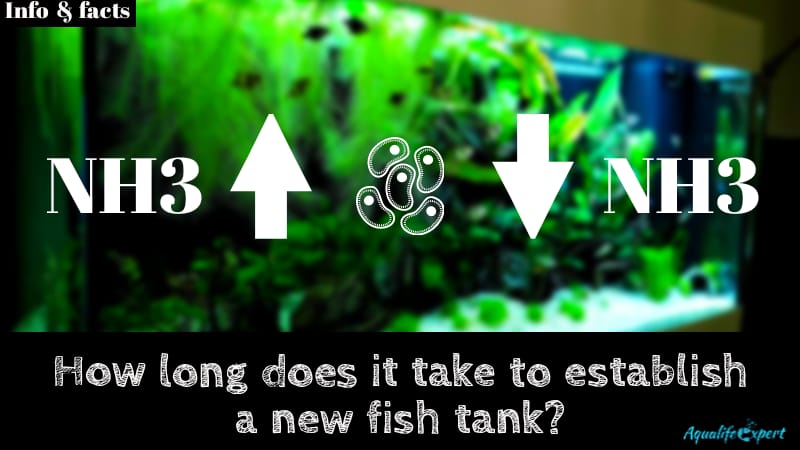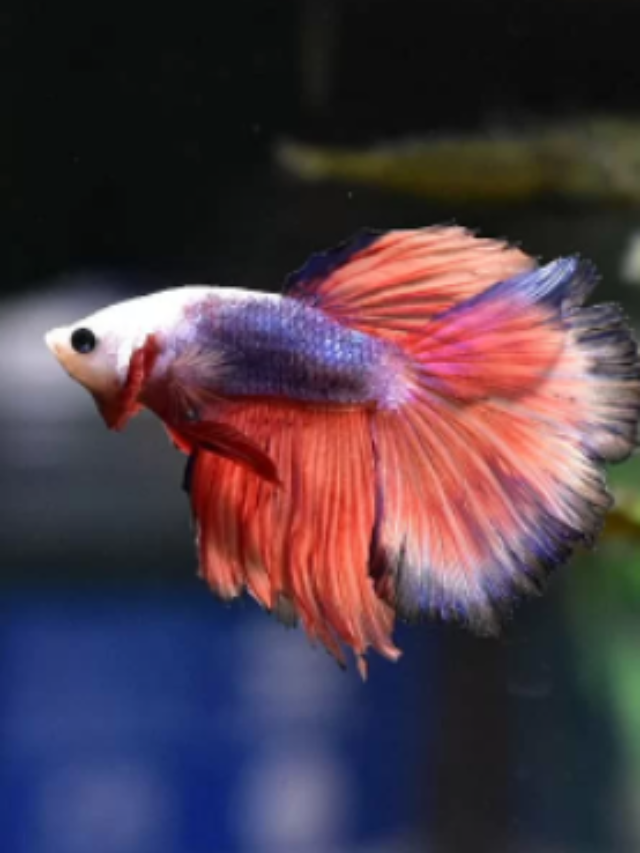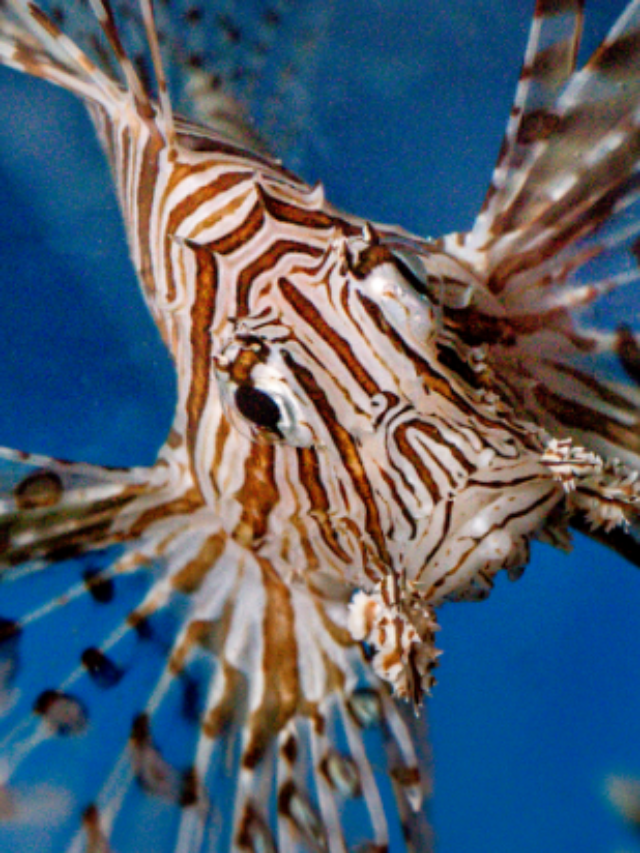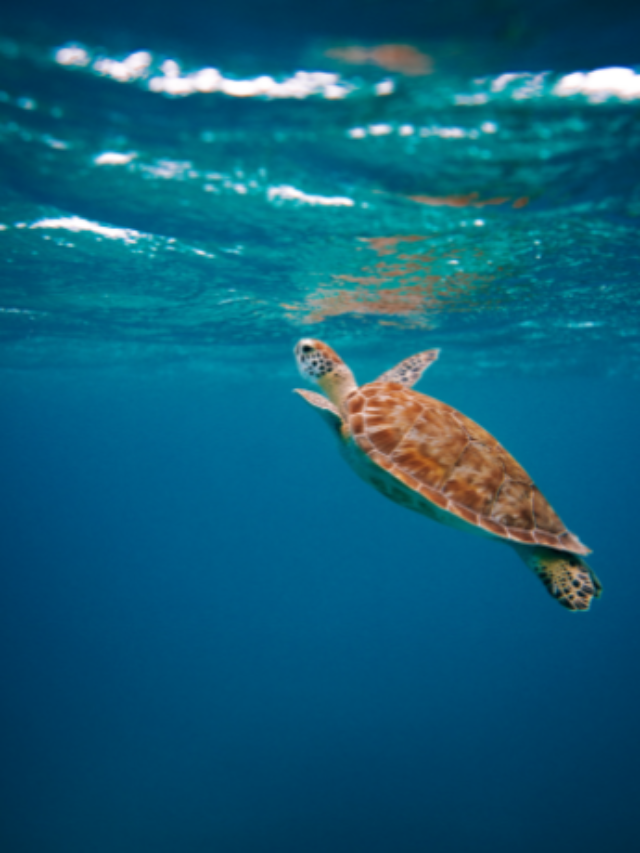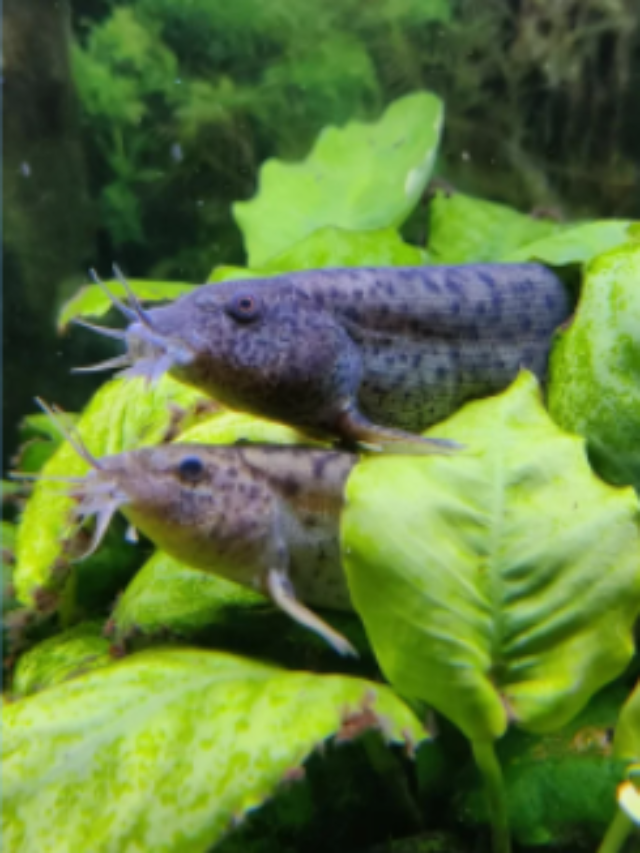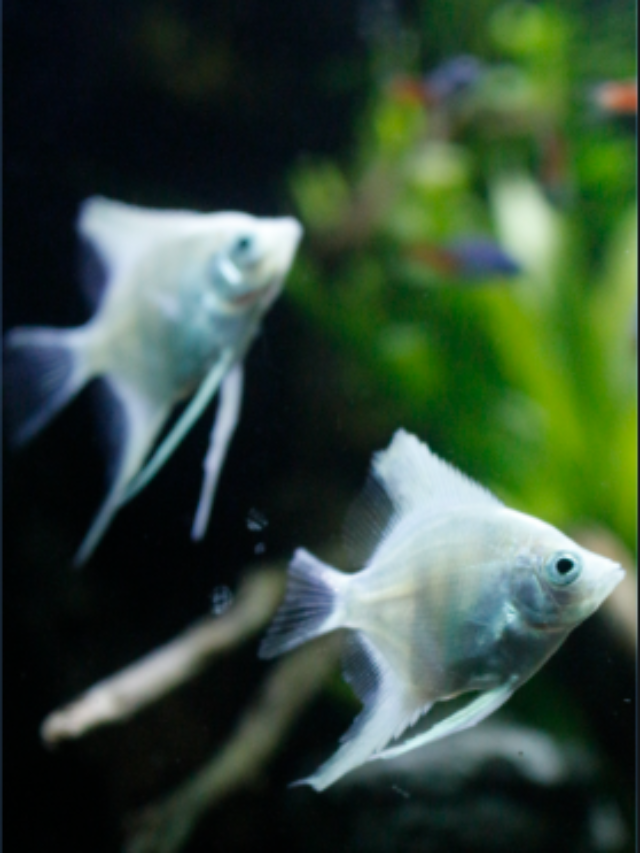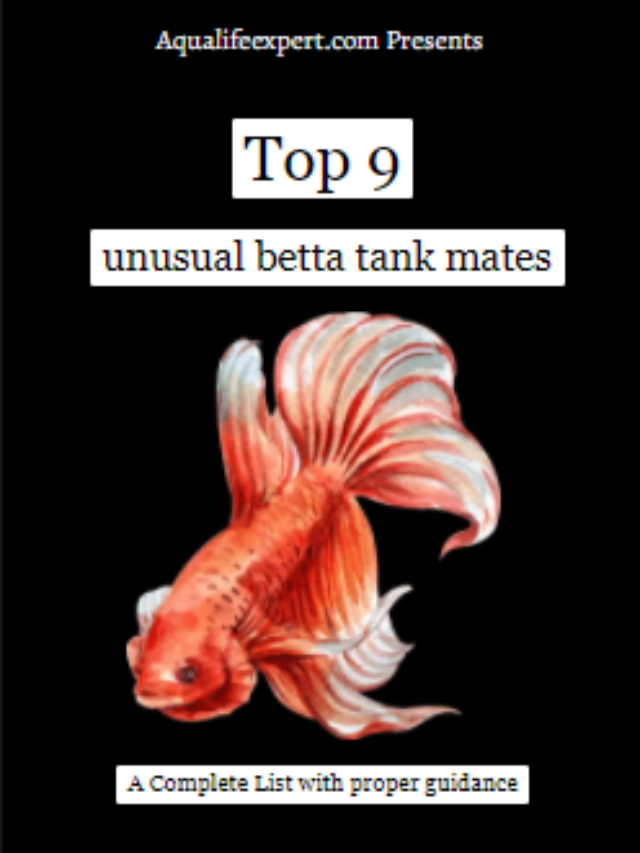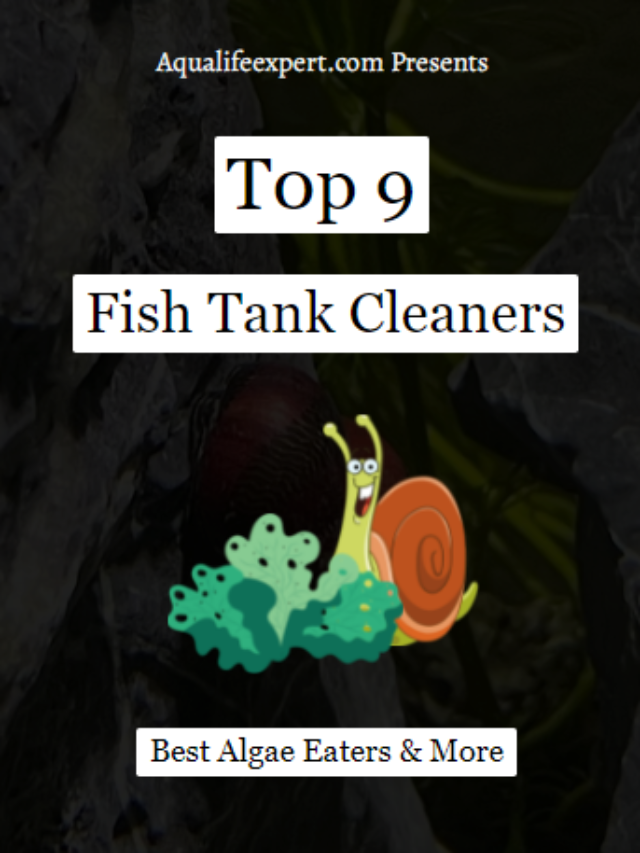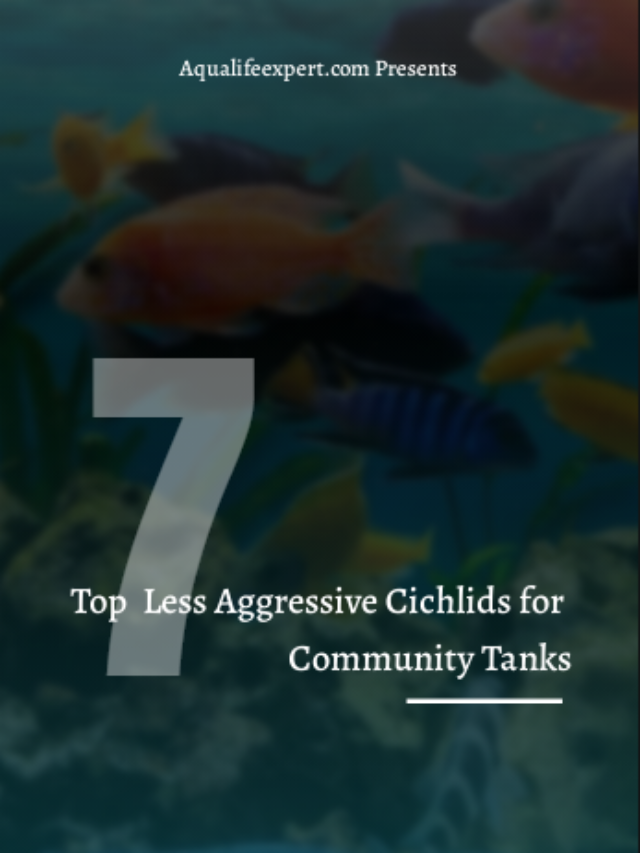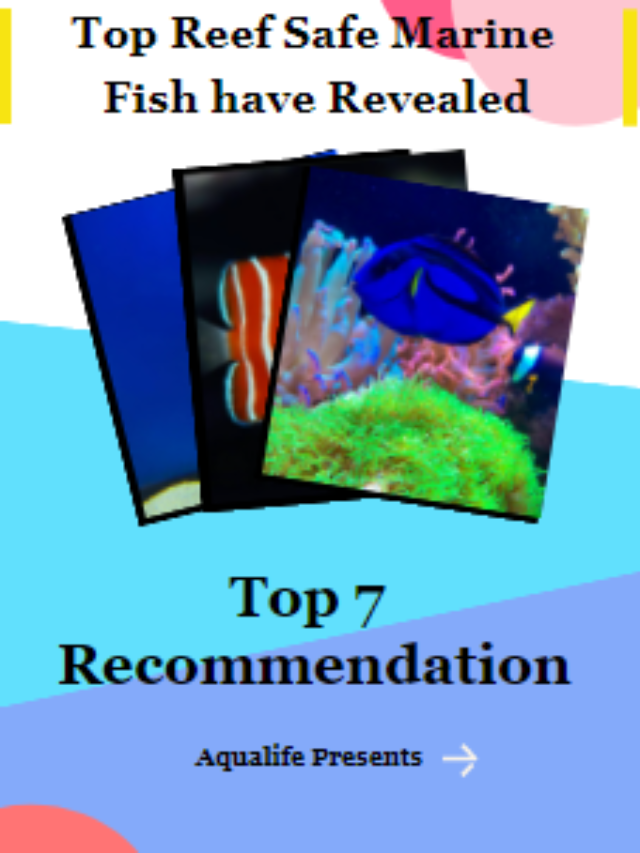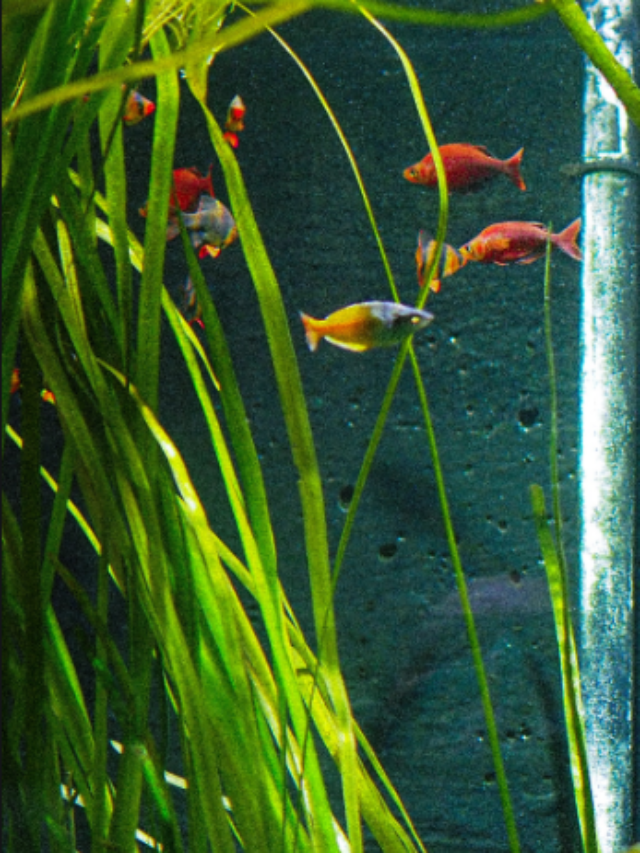How Long Does It Take To Establish A New Fish Tank? (THREE Types of Tank)
Check Our Quick Stories
There is a fine line in between building a new fish tank and establishing a new fish tank. New aquarists may think both are the same thing. But actually, this is not the same thing. Building an aquarium means it will take a maximum of 1 week but establishing a tank means making a tank that is healthy for fish. So it takes time to establish a new tank.
Establishing a new fish tank means a fish tank should be in a balanced condition. After setting up new tank water parameters like ammonia, phosphate, etc. rises up suddenly. These parameters become normal by bacterial function (N- cycle). Establishing a freshwater tank needs approx. 3-6 weeks, the saltwater tank needs a minimum of 1-1.5 months and the reef tank needs a minimum of 2 months.
But only these two lines will not make you understand the whole matter. To understand fully you have to deep down into this article. So let’s start to discuss
How long does it take to establish a new freshwater tank?
The freshwater tank is the easiest fish tank among all three types of fish tanks. This set up a freshwater community fish tank you don’t need much experience. You just need passion and patience.
Here in this fish tank, the main factor is the nitrogen cycle. To complete the nitrogen cycle once a freshwater tank needs approx. 3-6 weeks. If you add fish in this tank before this time period then there will be a chance to get killed by poisonous conditions inside of the fish tank. Here poisonous condition means “ammonia spike, high chlorine level, high pH level, high phosphate level, bad water condition and so on.
In this amount of time period, you have to check all these factors. This takes time to settle. Ammonia spike will happen after a few days. So before this, you should not add any fish.
Why does an ammonia spike happen suddenly?
Ammonia spike happens due to the nitrogen cycle in a fish tank. When you add decorative materials like substrate, driftwood, etc. then ammonia will start to rise up. After this incident, nitrifying bacteria appear and these start the nitrification process.
| Note – The nitrogen cycle happens in all three types of tanks. You must not add anything into any type of aquarium before one phase of the nitrogen cycle. This establishes a tank means to complete a nitrogen cycle. Other factors come after it. |
Due to the nitrification process ammonia level starts to reduce and the nitrite level starts to increase. After a few days, another group of bacteria take part in this process and convert nitrite to nitrate. This whole process is called the nitrogen cycle and after that, a fish tank is fully established for adding fish.
| Note – Nitrosomonas, Nitrosospira, Nitrosococcus, and Nitrosolobus these all bacteria convert Ammonia to nitrite and Nitrobacter, Nitrospina, and Nitrococcus bacteria convert nitrite to nitrate. |
Read more:- How to remove nitrate from aquarium naturally
How long does it take to establish a new saltwater tank?
Establishing a saltwater aquarium takes 1 month to 1.5 months. Some tanks take more than 3 months to establish. That is why making a saltwater tank is more difficult than a freshwater fish tank.
The main factor of the saltwater aquarium is the specific gravity. Each and every saltwater fish needs a certain amount of specific gravity. The specific gravity of the water is 1. But after adding salts into the water the specific gravity starts to increase. 1.020-1.026 is the range where saltwater fishes thrive.
This also takes time to establish. You can’t put fish just after mixing salts with water. You have to acclimate the fishes slowly. This takes time. The name of the suitable acclimation process is ‘Drip acclimation’
Here you can read all about the Drip acclimation method. Read here
The nitrogen cycle is the second factor that you need to consider. Fishes die quickly in the saltwater aquarium because of the wrong acclimation process and the wrong specific gravity of the saltwater.
So you have to check a total of three factors before adding a fish to the saltwater aquarium.
These factors are
- Specific gravity
- Fish acclimation process
- Nitrogen cycle.
Read here:- How to build the saltwater tank from scratch (55gallon)
How long does it take to establish a new reef tank?
The reef tank takes a minimum of 2 months to establish. This is the toughest tank among all three. This is hard to maintain for a beginner. But if you have a little bit of experience in fish keeping them you may make fewer mistakes.
To make this tank you need live rocks. Without live rocks, the reef tank will be less natural. Live rocks contain hitchhikers. Some are good and some are bad for a reef tank. So before adding corals you have to make sure that the live rocks don’t have unwanted hitchhikers. These hitchhikers take time to come out.
The second factor is an algal bloom. After introducing live rocks an algal bloom may occur. You should avoid this phrase to add live corals to a reef tank. Corals may die because of lack of nutrition if algal bloom occurs. Algae take all the nutrition and oxygen from water. This condition is called “Hypoxia”. So you should give some time to establish a reef tank.
The next factor you have to consider is the proper temperature and ph level. The proper pH level of a reef tank should be 8.1 – 8.4. Live corals like alkaline water so over 8.1 are the suitable pH level for a reef tank. The right temperature range should be 23.5°C to 25.8°C. These two factors do not take much time to settle for a reef tank but these factors may create a negative impact on live corals if there is any mistake regarding these factors.
Read Here:- Sterilization of aquarium after fish’s death: A VETERINARY guide
Does chlorine level affect fishes in the aquarium?
Chlorine can be an important water parameter that you need to check before adding anything to the aquarium. Lots of experts do not consider this as an important water parameter to check but due to high chlorine level fishes and corals may die.
Chlorine comes from water. If your tap water has chlorine then you have to change the water immediately. 0.001 to 0.003 ppm is the right chlorine level for any type of aquarium. But in the drinking water, there may be a high chlorine level. So you have to check this water parameter too. This is highly poisonous too for fishes and corals. If you find a high chlorine level in water then you may use a dechlorinator or you can contact the local municipality for this issue.
Read here:- Symptoms of chlorine poisoning in a fish tank
Should I check the pH level before adding fish to the aquarium?
PH level is an important parameter that you need to check. This parameter is important for all three fish tanks.
Freshwater fishes are generally the hardy type of fish and they can tolerate a wide range of pH so if you acclimate fishes by the right way then slightly wrong pH won’t create a big problem. This is for a saltwater tank too. But live corals need alkaline water conditions. So you must provide alkaline water to keep live corals in a reef tank. But it is better to measure the pH level for all three types of tanks before adding any fish or corals.
Right pH level for all three tanks
The freshwater tank needs 6.8 – 7.6
Saltwater tank needs 7.8 – 8.4
Reef tank needs 8.1 – 8.4
Read here:-Importance of pH level for a fish tank
Conclusion
Any type of fish tank needs some amount of time. This may take from 3 weeks to 2 months. This time range depends on the fish tank to the fish tank. But the basic factors are the same for all the tanks. If you don’t give much time then stress will be created on fish live corals. This may kill those fishes and corals too. So this is better to buy fish after a few weeks of setting up a new fish tank.
So best of luck & happy fishkeeping 🐟

